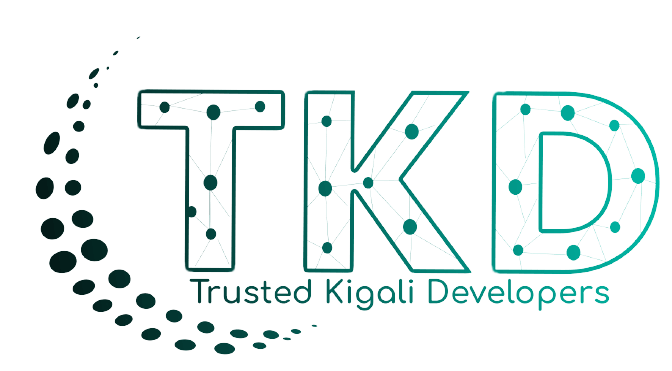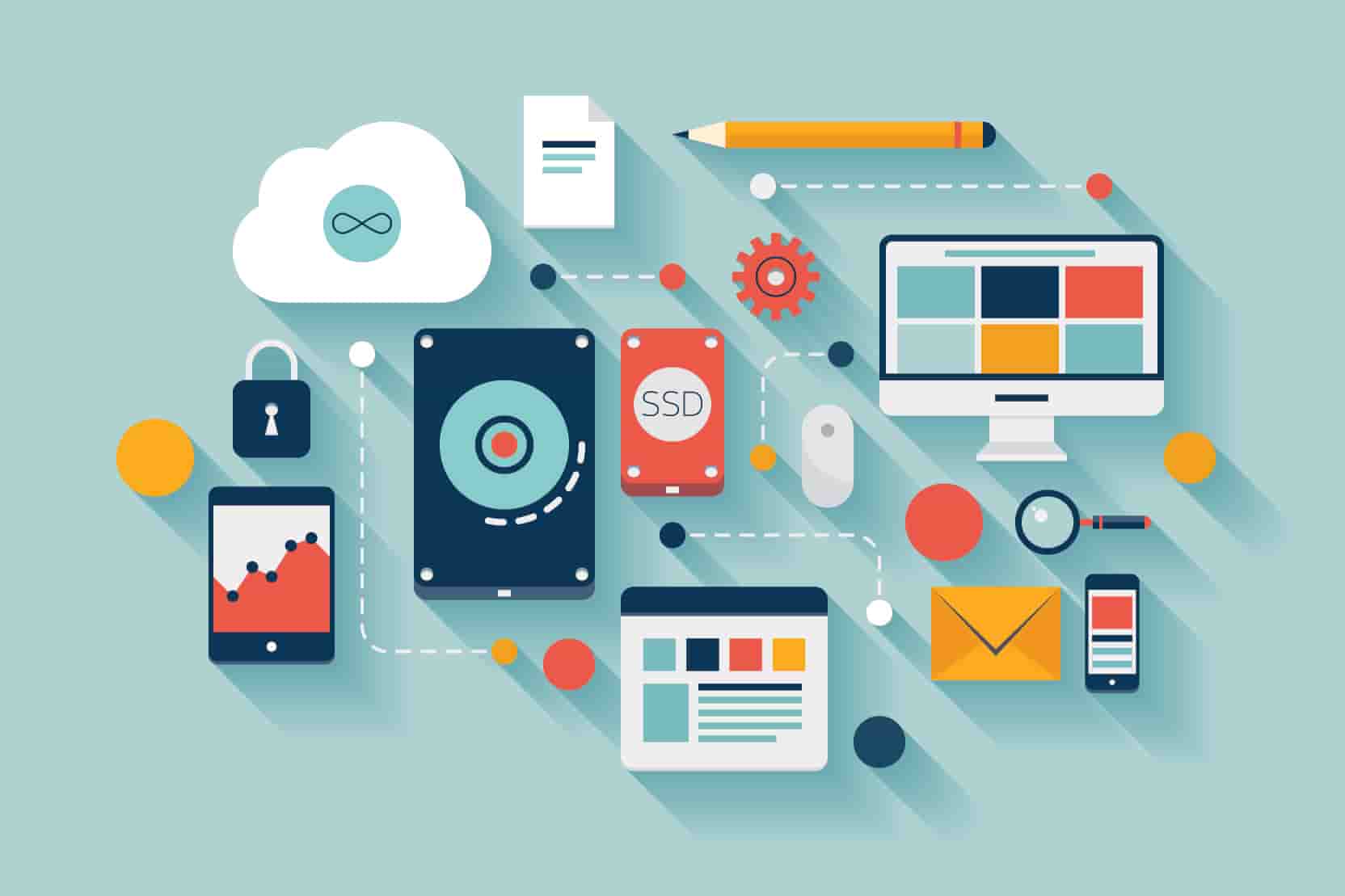TRUSTED KIGALI DEVELOPERS is one of the best Rwandan Web Development Company That provides good
These are Steps included in the Web Development Process
Stage #1: Project Definition
Most experienced agencies start with some sort of a survey or questionnaire that helps them understand the most important aspects of your business and website goals.
These typically include:
- Business details: This usually includes understanding your offering, unique value proposition, brand and other details relevant to website planning.
- Business goals: Setting clear, measurable goals will help your agency develop the most effective strategy to reach them, as well as help you measure web performance over time.
- Target audience: Defining your online target market will help your designers understand their preferences, study their online habits and develop wireframes and interfaces that are most likely to result in great user experience.
- Competition: This is one of the key elements for the research phase and it allows your agency to analyze the competitor’s strengths and weaknesses, and develop a strategy that will result in a market-leading website.
During this website development phase, your agency should also address any of your questions, raise the ones you may not have considered in your in-house web planning, as well as explain their website planning process as it tends to vary from agency to agency.
Stage #2: Planning
At this stage, your agency will define your website’s layout and core functionality.
Based on the data they’ve previously collected, they will be able to create:
- A sitemap: A sitemap is a birdseye view of your site; It is a map that determines the list of pages, their placement and relationship on the website. It includes both the user-facing elements and those intended for web crawlers only (Google for example). A site map helps define and organize web content, allowing your strategist and designer to go deeper into planning the look, feel and functionality for each page.
- A wireframe: A wireframe, on the other hand, is the layout of each individual page of the site. It outlines and maps out the elements and content, from headlines to CTAs and subscription boxes, on each page. Most agencies wireframe both the desktop and mobile versions of the pages.
This stage of website development will help you plan your on-site buyers’ journey, finetune the features and other elements, as well as envision the result.
Stage #3: Design
The user interface (UI) design stage will introduce your branding and complete the look and feel of your website.
This is where your brand book comes into play to ensure your digital presence is consistent with all other marketing assets.
The designers will apply your chosen color palette, type of iconography, imagery, and other elements that define your brand.
If you don’t have a brand book, the best agencies will analyze your existing assets to identify common elements, and they will document their creative decisions to help you consolidate your brand image.
As web design is in many ways subject to taste, it is important to select one or two design decision-makers at most.
Trying to acknowledge too many opinions and implement requests usually leads to a sub-par UI which can affect your brand credibility, increase bounce rates and hurt search engine rankings.
To illustrate: According to HubSpot, 90% of visitors bounce due to poor website design.
Feedback is important, but there is a point where it can do more damage than good.
Stage #4: Content Creation
This stage of the web development life cycle encompasses planning, writing, and editing various forms of the website content, including:
- Landing pages
- Product/service description
- Testimonials
- Case studies
- Blog posts
- Videos
- Images
This stage requires working with skilled writers who will create assets that grab attention and help your pages rank on search engines.
Much like design itself, content is an important element of your user’s experience.
Quality web copy and resources will give them the information they need to make their purchasing decisions, while a strategic keyword optimization will place your web content on the path of searchers with high purchase intent.
Stage #5: Development
Once you approve your final design, the website development process gets technical.
This stage includes coding and your developer’s job is to make your site function properly. Your developer will create your homepage followed by the other landing pages, based on the website hierarchy.
The process also includes combining all the previously designed elements and building an actual site.
Stage #6: Testing
Testing is one of the most significant phases of the web development process.
At this point, your developers will check the functionality of all the elements on your website. The aim is to detect any issues such as broken links and compatibility with different devices to ensure everything works properly.
They will use validators to check the code making sure it follows the current standards, test the site’s speed as well as test for mobile responsiveness.
Once they finish the manual and automated testing, your website will be ready to go into a live server and launch.
Stage #7: Maintenance
The last -and the never-ending- phase of the website development timeline is maintenance. Once your site goes live, you may still need your agency’s assistance and support.
As your business grows, you might need to increase the number of pages, add more functionalities and features.
And you will need to carry out certain tasks on a regular basis, including:
- Editing existing content
- Adding blog posts
- Fixing bugs and issues
- Dosing site backups
- Installing plugins
Since digital and web design trends constantly change, you will also need to keep your site up-to-date both UX and SEO-wise.

